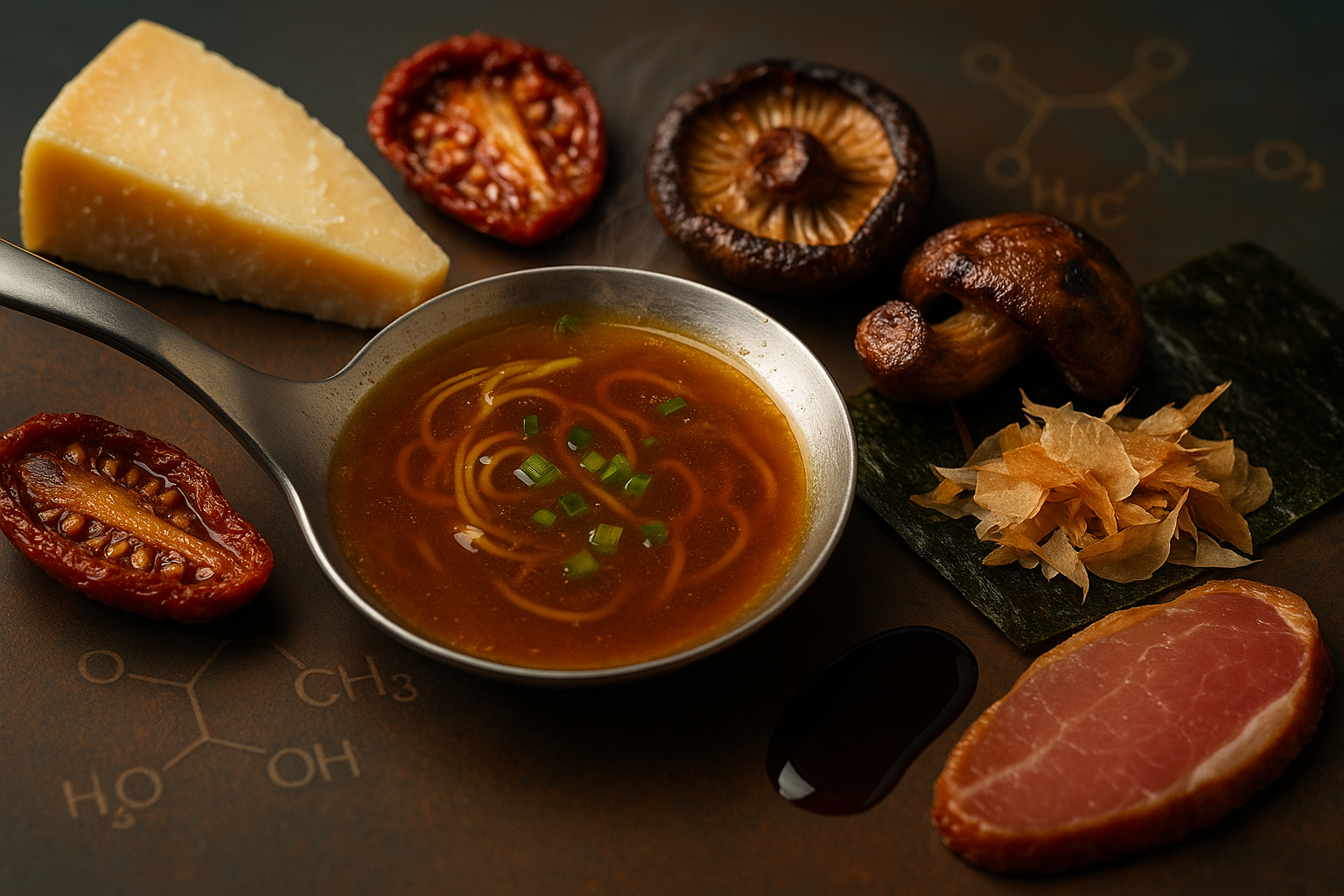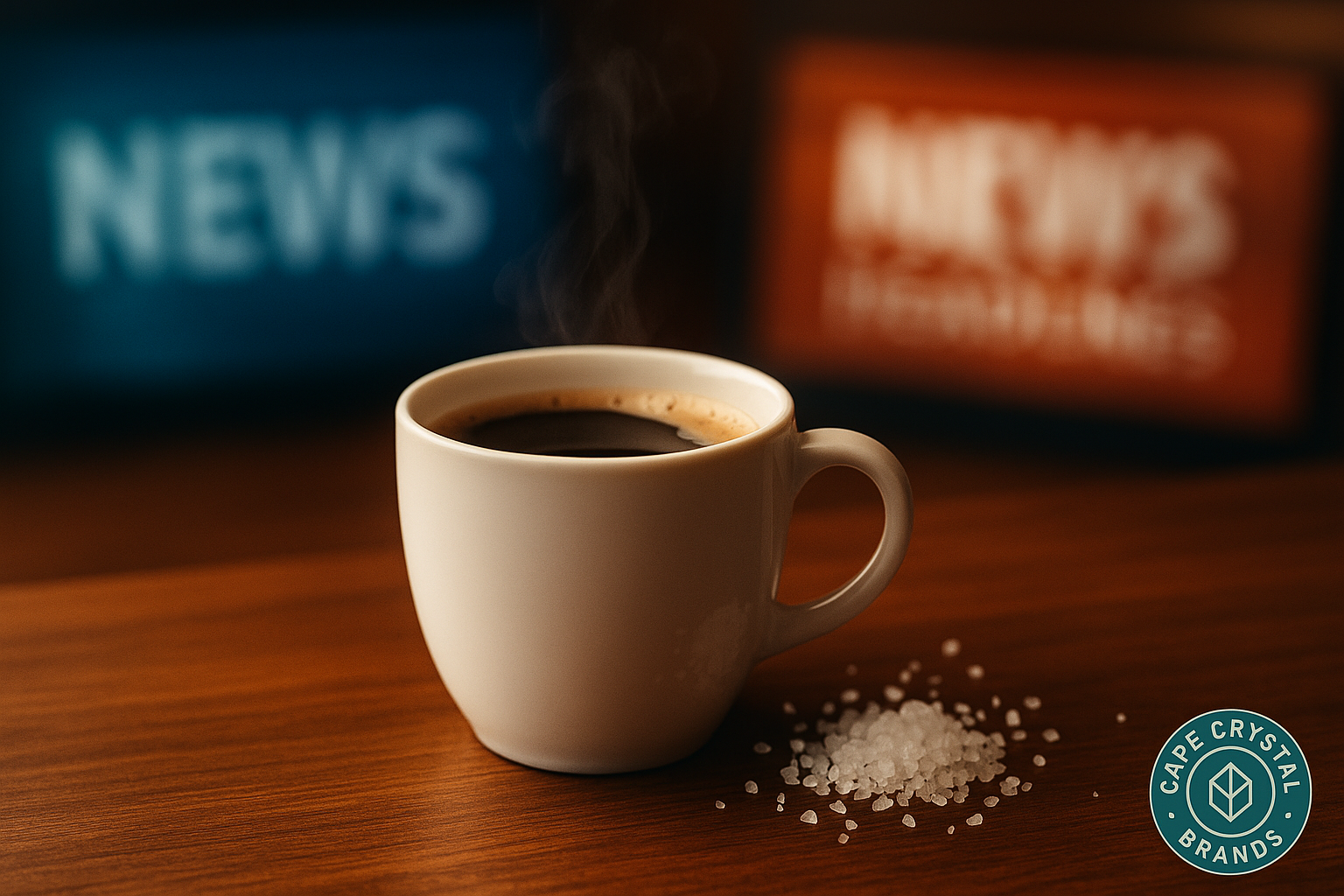
Unlocking the Power of Locust Bean Gum: Your Questions Answered
SUBSCRIBE TO OUR BLOG
Promotions, new products, and recipes.
At Cape Crystal Brands, we’re passionate about helping our customers harness the full potential of natural hydrocolloids like locust bean gum (LBG). Recently, a curious customer reached out with some excellent questions about how to achieve optimal results with LBG in their formulations. Below, we’ve compiled their questions along with our detailed answers to create a comprehensive guide for anyone looking to master this versatile ingredient. Whether you’re crafting creamy sauces, dairy drinks, or innovative gels, this article will help you get the most out of LBG.
How to Fully Hydrate Locust Bean Gum: Temperature and Time
Customer Question: What is the exact temperature and time needed to fully hydrate your locust bean gum?
To achieve full hydration of locust bean gum, you’ll need to hit the right conditions to unlock its thickening and gelling potential. Here’s what works best:
-
Temperature: Heat to 185°F–194°F (85°C–90°C). This range ensures the galactomannan chains in LBG fully solubilize, delivering maximum viscosity and gelling power.
-
Time: Allow 15–30 minutes of heating, depending on factors like particle size (finer powders hydrate faster), agitation intensity, and the presence of other ingredients.
-
Key Tips:
-
LBG doesn’t hydrate well in cold water—it may swell slightly but won’t dissolve. Heat is essential for full functionality.
-
Maintain a neutral to slightly alkaline environment (pH 6–8) for optimal hydration.
-
Gentle to moderate stirring during heating prevents clumping and ensures even dispersion.
-
-
Pro Tip: Pairing LBG with xanthan gum can enhance gel strength and allow partial hydration at lower temperatures, offering flexibility in your formulations.
Partial Hydration at Lower Temperatures: Is It Possible?
Customer Question: If I heat LBG to 167°F for 30 minutes, will it partially hydrate, or is hydration an all-or-nothing process?
Hydration for locust bean gum isn’t a simple on/off switch—partial hydration is possible at lower temperatures, but the results won’t match the full potential of LBG. Here’s what happens at 167°F (75°C):
-
Partial Hydration: At 167°F, especially with finely milled LBG and good dispersion, some galactomannan chains will solubilize, creating a low-viscosity, partially functional gel. However, you’ll only achieve about 40–60% of LBG’s full thickening or gelling capacity.
-
Why Temperature Matters: Full hydration requires 185°F–203°F (85°C–95°C) to completely unravel LBG’s molecular structure. While longer heating at 167°F (e.g., 30 minutes) slightly improves hydration, temperature is the dominant factor.
-
Boosting Performance: Combining LBG with hydrocolloids like xanthan gum can enhance hydration at lower temperatures, improving viscosity and texture even if you don’t reach the optimal range.
For applications requiring robust viscosity or strong gels, aim for higher temperatures. If you’re constrained to lower temperatures, synergistic blends (explored below) can help bridge the gap.
Synergistic Blends: Enhancing LBG Hydration at 167°F
Customer Question: Can a combination of LBG, guar gum, and lambda carrageenan lower the hydration temperature to 167°F? If not, how much performance is lost at this temperature?
Using LBG alongside guar gum and lambda carrageenan can significantly improve hydration at 167°F, though it won’t fully replicate the results of heating to 185°F+. Here’s how this trio works together and what you can expect:

How the Blend Enhances Hydration
-
Guar Gum (Galactomannan Synergy): As a fellow galactomannan, guar gum hydrates more easily at lower temperatures (85°F–90°F). It acts as a “hydration bridge,” helping LBG disperse and partially activate, boosting viscosity at 167°F compared to LBG alone.
-
Lambda Carrageenan (Electrostatic Synergy): This non-gelling hydrocolloid is highly soluble and hydrates quickly, even in low-calcium systems. It interacts with LBG’s galactose side chains, improving solubility and creating smoother, creamier textures at 167°F.
-
Practical Outcome:
-
Hydration Speed: Moderate (faster than LBG alone).
-
Viscosity: Improved to ~65–80% of LBG’s full potential.
-
Texture: Creamy and rounded, ideal for dairy drinks, sauces, or emulsions.
-
Synergistic Boost: Significant compared to LBG alone, which achieves only 40–60% viscosity at 167°F.
-
Alternative Hydrocolloids for Low-Temperature Hydration
If your process is limited to 167°F, other hydrocolloids can further enhance LBG’s performance. Here are the top options:
-
-
Why It Works: The gold standard for synergy with LBG, xanthan hydrates instantly in cold or warm water and promotes LBG chain uncoiling through physical entanglement. At 167°F, an LBG-xanthan blend can achieve 90–95% of full viscosity.
-
Best For: Strong, elastic gels in sauces, dressings, or beverages.
-
-
-
Why It Works: Forms rigid gels with LBG in the presence of ions like calcium or potassium, enhancing water retention and gel strength.
-
Best For: Dairy or protein-based systems where ions are present.
-
-
Carboxymethylcellulose (CMC):
-
Why It Works: Improves dispersion and reduces clumping, adding smoothness and stability at low temperatures.
-
Best For: Emulsions and beverages needing extended shelf life.
-
-
-
Why It Works: A galactomannan like LBG, tara gum hydrates at 160°F–170°F, making it a partial substitute or co-hydrator.
-
Best For: Applications where LBG can be partially replaced for better low-temperature performance.
-
Recommended Blend for 167°F
For maximum viscosity and smooth texture at 167°F, try this starting blend:
-
LBG: 50%
-
Xanthan Gum: 30%
-
Tara or Guar Gum: 20%
This combination delivers robust performance for emulsions, dairy-style drinks, or sauces, recovering most of LBG’s functionality despite the lower temperature.
Comparison Table: LBG Performance at 167°F
|
Hydrocolloid |
Hydrates at 167°F? |
Enhances LBG? |
Notes |
|---|---|---|---|
|
Xanthan Gum |
Yes |
High |
Strongest synergy, cold-water dispersible |
|
Guar Gum |
Yes |
Moderate |
Galactomannan bridge, fast hydrating |
|
Lambda Carrageenan |
Yes |
Moderate |
Electrostatic synergy, creamy texture |
|
Sometimes |
Moderate |
Needs ions (Ca²⁺/K⁺) to gel well |
|
|
CMC |
Yes |
Low |
Aids dispersion, stability |
|
Tara Gum |
Yes |
Moderate |
Easier hydration than LBG, partial substitute |
Frequently Asked Questions About Locust Bean Gum
-
What is locust bean gum, and what does it do in food formulations?
Locust bean gum is a natural hydrocolloid derived from the seeds of the carob tree. It acts as a thickener, stabilizer, and gelling agent, commonly used in sauces, dairy products, ice creams, and beverages to create smooth textures and prevent separation. -
Can locust bean gum be used in cold applications?
LBG requires heat (ideally 185°F–194°F) for full hydration and functionality. In cold water, it may swell slightly but won’t fully dissolve or provide significant thickening. For cold applications, pair it with cold-water-soluble hydrocolloids like xanthan gum. -
How does pH affect locust bean gum’s performance?
LBG performs best in neutral to slightly alkaline conditions (pH 6–8). In highly acidic environments (pH below 4), hydration and viscosity may be reduced, so consider adjusting the pH or using synergistic hydrocolloids to compensate. -
What’s the difference between locust bean gum and guar gum?
Both are galactomannans, but guar gum hydrates more easily at lower temperatures (85°F–90°F) and provides higher viscosity in cold systems. LBG, however, offers superior gelling when fully hydrated at higher temperatures and creates smoother textures when paired with other hydrocolloids. -
Can locust bean gum be used in vegan or gluten-free products?
Yes! LBG is naturally vegan, gluten-free, and derived from plant seeds, making it an excellent choice for plant-based, gluten-free, and clean-label formulations. -
How do I prevent clumping when using locust bean gum?
To avoid clumping, disperse LBG gradually into the liquid while stirring, ideally with a high-shear mixer. Pre-blending with other dry ingredients (like sugar or another hydrocolloid) or hydrating with gentle heat and agitation also helps ensure smooth incorporation. -
What are the best applications for locust bean gum?
LBG shines in dairy products (yogurt, ice cream), sauces, gravies, and plant-based beverages, where it provides creamy textures, stabilizes emulsions, and enhances mouthfeel. It’s also great for gluten-free baking to improve structure. -
How should I store locust bean gum to maintain its quality?
Store LBG in a cool, dry place in an airtight container to prevent moisture absorption and clumping. When stored properly, it has a long shelf life (typically 1–2 years) without losing functionality.
Conclusion: Mastering Locust Bean Gum in Your Formulations
Locust bean gum is a powerful tool for creating rich textures and stable gels, but unlocking its full potential requires understanding its hydration needs. By heating to 185°F–194°F, you can achieve maximum viscosity and gelling strength. However, if your process is limited to lower temperatures like 167°F, strategic blends with hydrocolloids like xanthan gum, guar gum, or lambda carrageenan can significantly boost performance, delivering creamy textures and improved stability. Experiment with the recommended blend ratios and adjust based on your specific application—whether it’s a velvety sauce, a smooth beverage, or a firm gel. At Cape Crystal Brands, we’re here to support you with high-quality LBG and expert guidance to elevate your creations. Have more questions? Reach out, and let’s perfect your formulation together!
Further Reading:
1. National Institutes of Health / PubMed Central (PMC) review article
Locust bean gum: exploring its potential for biopharmaceutical applications
This review—published in Journal of Pharmacy & Bioallied Sciences and available via PMC—discusses the physicochemical properties and diverse drug-delivery applications of LBG sciencedirect.com+3bohrium.com+3pubmed.ncbi.nlm.nih.gov+3pmc.ncbi.nlm.nih.gov+2pmc.ncbi.nlm.nih.gov+2pmc.ncbi.nlm.nih.gov+2.
URL: https://pmc.ncbi.nlm.nih.gov/articles/PMC3425165/
2. Frontiers in Microbiology (University-affiliated open‑access article)
Structural characteristics of locust bean gum hydrolysate and its microecological effects
This recent paper (2022) examines enzymatic hydrolysis products of LBG and their impacts on gut microflora and colitis models in mice researchgate.net+2frontiersin.org+2pmc.ncbi.nlm.nih.gov+2.
URL: https://www.frontiersin.org/journals/microbiology/articles/10.3389/fmicb.2022.985725/full
3. U.S. Department of Agriculture Agricultural Research Service (ARS) document (PDF)
Rheological study of xanthan and locust bean gum interaction
This technical report details controlled experiments (using a USDA capillary rheometer) on how LBG interacts with xanthan gum, published via the USDA ARS site pubmed.ncbi.nlm.nih.gov+4pmc.ncbi.nlm.nih.gov+4bohrium.com+4.
URL: https://www.ars.usda.gov/ARSUserFiles/30200510/2007%20-%20rheological%20study%20of%20xanthan.pdf

|
About the Author Ed is the founder of Cape Crystal Brands, editor of the Beginner’s Guide to Hydrocolloids, and a passionate advocate for making food science accessible to all. Discover premium ingredients, expert resources, and free formulation tools at capecrystalbrands.com/tools. — Ed |
Enjoyed this post? Subscribe to The Crystal Scoop
Food-science tips, ingredient know-how, and recipes. No spam—unsubscribe anytime.
- Choosing a selection results in a full page refresh.



